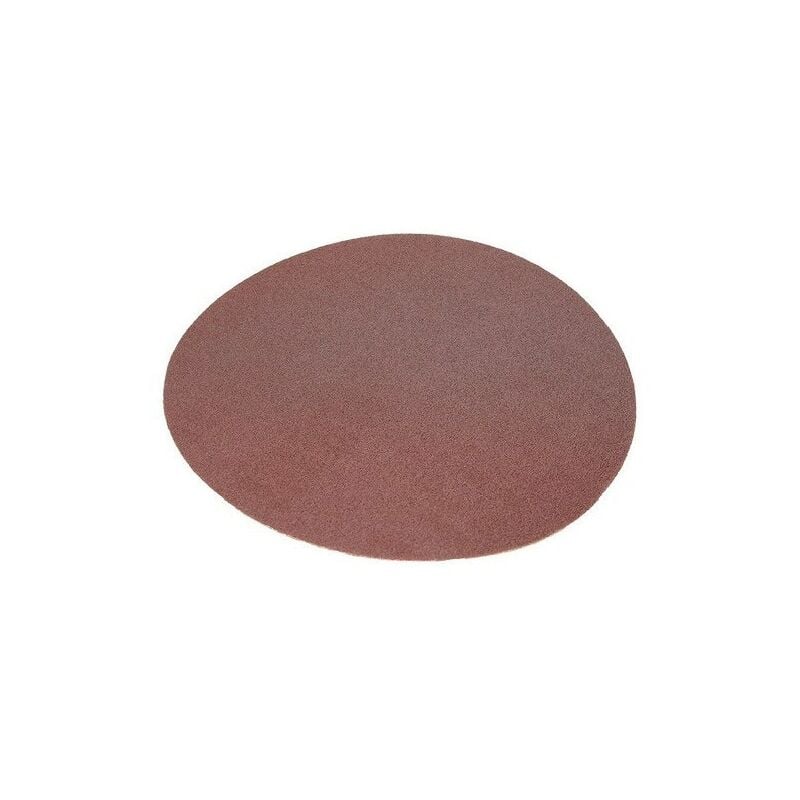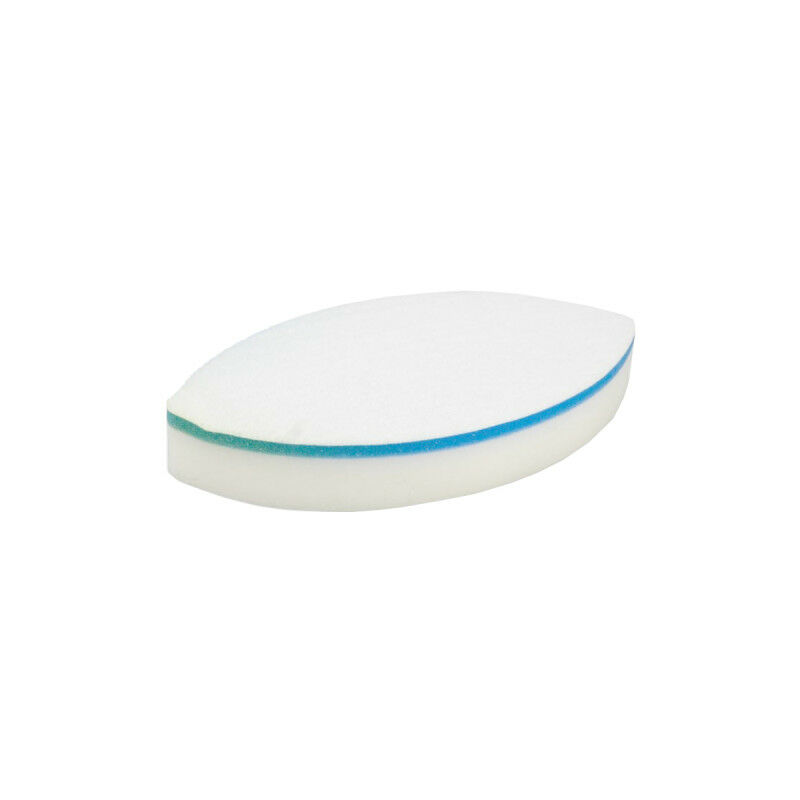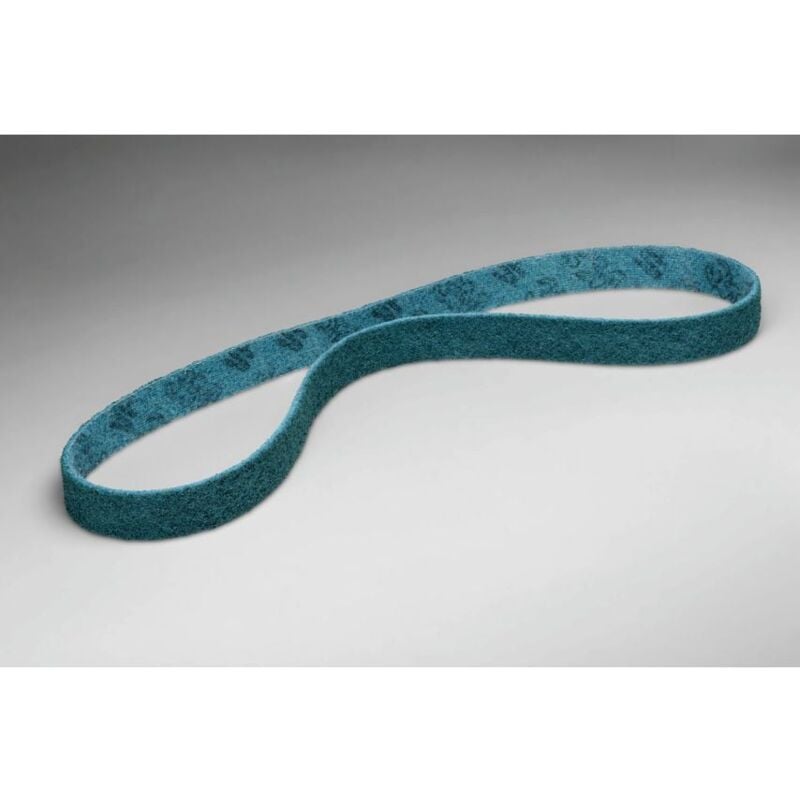Sanding
Sanding, an essential process in both DIY and professional workshops, transforms rough surfaces into smooth finishes. At its core, sanding involves using abrasive materials, like sanding belts or sanding sheets, to wear down and refine surfaces. These materials come in various forms, each suited for specific tasks. Sanding belts, for example, are perfect for larger, flat areas and are often used with power sanders for efficiency. For detailed work, flap wheels and sanding discs offer precision, easily reaching nooks and corners. They're great for intricate designs or tight spaces. Sander base plates and sanding guides enhance accuracy, ensuring even sanding across surfaces. These accessories are vital for maintaining the quality of work, especially on delicate or detailed projects. Sanding rollers and their accessories, on the other hand, are ideal for curved or uneven surfaces. They adapt to contours, providing a uniform finish. Lastly, sanding sheets are versatile, used either manually or attached to sanders, accommodating a wide range of surface types. This variety in sanding tools ensures that whether you're refurbishing an old piece of furniture or prepping a surface for painting, the right tool is always at hand.























What You Need to Know When Purchasing Sanding Tools and Accessories?
Sanding is a fundamental process in woodworking, metalworking, and various forms of construction and renovation. It involves smoothing, refining, and cleaning surfaces or removing old paint and finishes. The right sanding technique can significantly enhance the quality of your work, giving it a professional and polished look.
Sanding floors is a common task in home renovation. It requires specific tools and techniques to achieve a smooth, even surface. A sanding machine, such as a floor sander, can make this task more efficient. These machines are designed to cover large areas evenly and can significantly reduce the time and effort required compared to hand sanding.
Sanding tools come in various forms, from electric sanders like orbital, belt, and detail sanders, to simpler tools like sanding blocks. Each tool has its specific use, with electric sanders being ideal for larger, flat surfaces and sanding blocks being more suitable for corners, edges, and fine detail work.
Sanding wood is a critical step in woodworking, where the smoothness of the surface can impact the final finish. The sanding process typically involves starting with a coarse grit sandpaper and gradually moving to finer grits. This progression ensures that any scratches from the coarser papers are smoothed out, leaving a fine finish.
Understanding the sanding process is crucial for achieving the desired results. It involves not only moving through different grits of sandpaper but also ensuring that you sand along the grain of the wood to avoid scratches and achieve a uniform finish.
A sanding block is an essential tool for hand sanding. It allows for more even pressure distribution, reduces hand fatigue, and helps achieve a more consistent finish. Hand sanding, while more labor-intensive, gives you greater control, especially for fine details or delicate work.
In summary, sanding, whether it's sanding floors, using a sanding machine, or hand sanding with a sanding block, is a critical process in many projects. The right tools and techniques are essential for achieving a smooth, even finish that enhances the overall quality of your work. Whether you're working with wood, metal, or any other material, understanding and properly executing the sanding process is key to achieving professional-grade results.